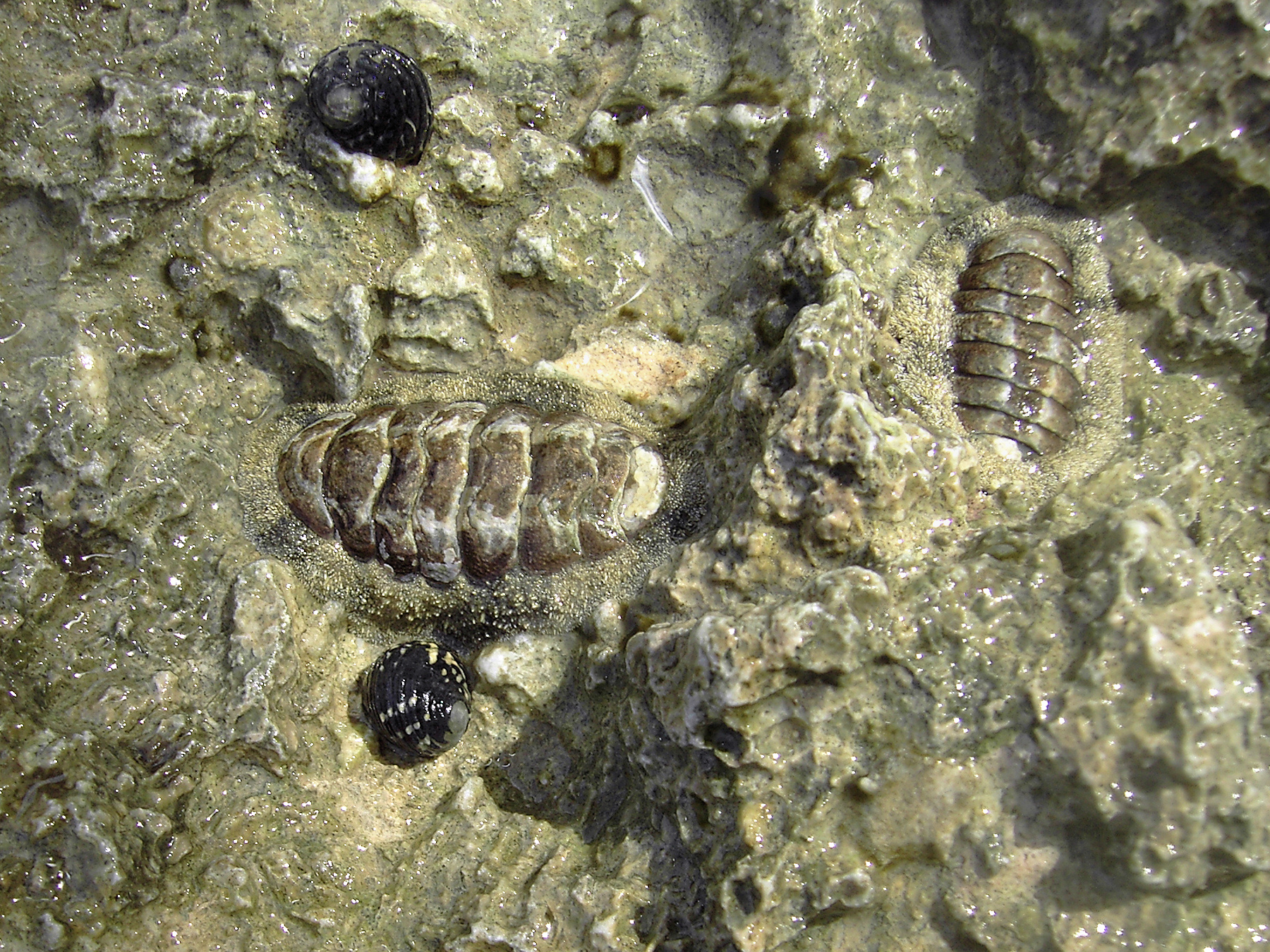|
Plaxiphora Boydeni
''Plaxiphora boydeni'' is a small uncommon chiton in the family Mopaliidae, endemic to the East Coast of the South Island, New Zealand New Zealand ( mi, Aotearoa ) is an island country in the southwestern Pacific Ocean. It consists of two main landmasses—the North Island () and the South Island ()—and over 700 List of islands of New Zealand, smaller islands. It is the ..., Stewart Island and the Chatham and Subantarctic Islands. Description and habitat A flat oval chiton with a nondescript appearance and no distinct markings on the often eroded valves apart from the occasional white blotch. Girdle narrow, cream to mid-brown, also with occasional white blotches, covered in nodules. Usually attached to open rock surfaces on wave-exposed shores in the mid to low intertidal zone. References {{Taxonbar, from=Q3791991 Mopaliidae Chitons of New Zealand Molluscs described in 1982 ... [...More Info...] [...Related Items...] OR: [Wikipedia] [Google] [Baidu] |
Chiton
Chitons () are marine molluscs of varying size in the class Polyplacophora (), formerly known as Amphineura. About 940 extant and 430 fossil species are recognized. They are also sometimes known as gumboots or sea cradles or coat-of-mail shells or suck-rocks, or more formally as loricates, polyplacophorans, and occasionally as polyplacophores. Chitons have a shell composed of eight separate shell plates or valves. These plates overlap slightly at the front and back edges, and yet articulate well with one another. Because of this, the shell provides protection at the same time as permitting the chiton to flex upward when needed for locomotion over uneven surfaces, and even allows the animal to curl up into a ball when dislodged from rocks. The shell plates are encircled by a skirt known as a girdle. Habitat Chitons live worldwide, from cold waters through to the tropics. They live on hard surfaces, such as on or under rocks, or in rock crevices. Some species live quite h ... [...More Info...] [...Related Items...] OR: [Wikipedia] [Google] [Baidu] |
Mopaliidae
Mopaliidae is a family of marine molluscs in the class Polyplacophora. Genera There are 10 recognized genera: * '' Amicula'' Gray, 1847 * '' Dendrochiton'' Berry, 1911 * '' Gallardochiton'' Sirenko, 2007 * '' Katharina'' Gray, 1847 * '' Mopalia'' Gray, 1847 * '' Mopaliella'' Thiele, 1909 * ''Nuttallochiton'' Plate, 1899 * ''Placiphorella'' Dall, 1879 * '' Placiphorina'' Kaas & Van Belle, 1994 * ''Plaxiphora ''Plaxiphora'' is a genus of chitons in the family Mopaliidae. Species * ''Plaxiphora albida'' ( Blainville, 1825) * '' Plaxiphora atlantica'' * ''Plaxiphora aurata'' (Spalowsky 1795) * '' Plaxiphora aurea'' * ''Plaxiphora australis'' Suter, ...'' Gray, 1847 (synonym '' Maorichiton'' Iredale, 1914) References Mollusc families Chitons Taxa named by William Healey Dall {{chiton-stub ... [...More Info...] [...Related Items...] OR: [Wikipedia] [Google] [Baidu] |
New Zealand
New Zealand ( mi, Aotearoa ) is an island country in the southwestern Pacific Ocean. It consists of two main landmasses—the North Island () and the South Island ()—and over 700 List of islands of New Zealand, smaller islands. It is the List of island countries, sixth-largest island country by area, covering . New Zealand is about east of Australia across the Tasman Sea and south of the islands of New Caledonia, Fiji, and Tonga. The country's varied topography and sharp mountain peaks, including the Southern Alps, owe much to tectonic uplift and volcanic eruptions. New Zealand's Capital of New Zealand, capital city is Wellington, and its most populous city is Auckland. The islands of New Zealand were the last large habitable land to be settled by humans. Between about 1280 and 1350, Polynesians began to settle in the islands and then developed a distinctive Māori culture. In 1642, the Dutch explorer Abel Tasman became the first European to sight and record New Zealand. ... [...More Info...] [...Related Items...] OR: [Wikipedia] [Google] [Baidu] |
Valve (mollusc)
A valve is each articulating part of the shell of a mollusc or another multi-shelled animal such as brachiopods and some crustaceans. Each part is known as a valve or in the case of chitons, a "plate". Members of two classes of molluscs, the Bivalvia (clams) and the Polyplacophora (chitons), have valves. Species within one family of very unusual small sea snails, marine opisthobranch gastropods in the family Juliidae, also have two articulating shells or valves, which resemble those of a bivalve. This exceptional family is commonly known as the bivalved gastropods. Gastropods in general are sometimes called "univalves", because in those that have a shell, the shell is usually in one part. Chitons The valves of chitons are eight dorsal, articulated shell plates, which are frequently coloured and sculpted. After death the girdle that holds the plates together disintegrates and the plates separate. Thus individual plates can be found washed up in beach drift, as shown i ... [...More Info...] [...Related Items...] OR: [Wikipedia] [Google] [Baidu] |
Chitons Of New Zealand
Chitons () are marine molluscs of varying size in the class Polyplacophora (), formerly known as Amphineura. About 940 extant and 430 fossil species are recognized. They are also sometimes known as gumboots or sea cradles or coat-of-mail shells or suck-rocks, or more formally as loricates, polyplacophorans, and occasionally as polyplacophores. Chitons have a shell composed of eight separate shell plates or valves. These plates overlap slightly at the front and back edges, and yet articulate well with one another. Because of this, the shell provides protection at the same time as permitting the chiton to flex upward when needed for locomotion over uneven surfaces, and even allows the animal to curl up into a ball when dislodged from rocks. The shell plates are encircled by a skirt known as a girdle. Habitat Chitons live worldwide, from cold waters through to the tropics. They live on hard surfaces, such as on or under rocks, or in rock crevices. Some species live quite high ... [...More Info...] [...Related Items...] OR: [Wikipedia] [Google] [Baidu] |


